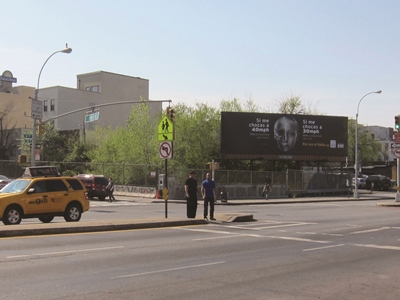Sunset Parkers react to Vision Zero

Vision Zero is a great step forward for public street safety, but we need to take advantage of the plan’s momentum in order to make real change, say southwest Brooklyn advocates.
“We have been working on this issue for years down here and it’s been a real struggle to get people to take this issue seriously,” said Bob HuDock, a Community Board (CB) 10 board member and former PTA President at P.S. 503, which is located at 59th Street and Fourth Avenue—one of the most accident-prone intersections in this part of Brooklyn.
“[People and community leaders], especially in the outer boroughs, tend to have a motorist mentality and don’t seem to understand the gravity of this issue,” explained HuDock. “As the father of an elementary school child, I find it morally reprehensible that current traffic policies effectively sacrifice children’s lives in the name of smooth traffic flow.”